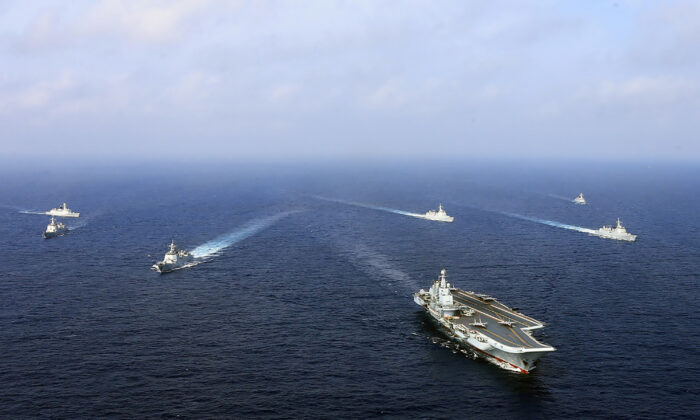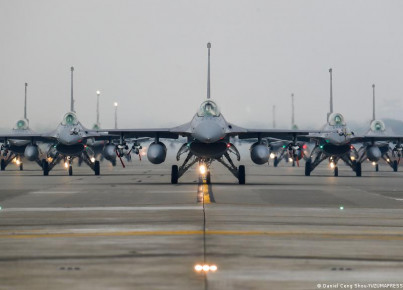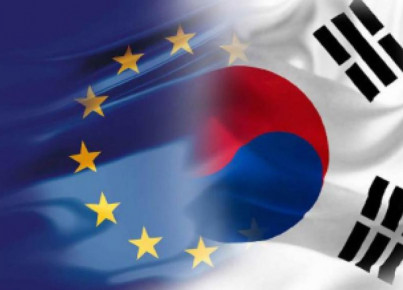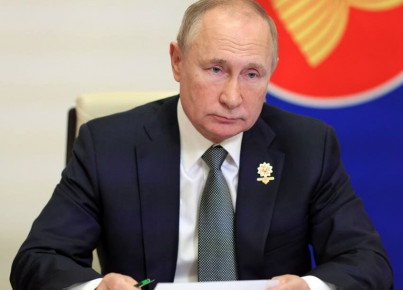Beijing's manoeuvres stretch across water and air. The air forces of ASEAN countries require huge investments to balance China's growing air power.
The South China Sea is one of the most concerning hotspots on the planet and tension does not seem to be scaling down soon. The disputes between some ASEAN countries and China over the control of the waters around the Spratly Islands, an archipelago of micro-islands of high strategic value, have pushed all the players to increase their military spending, especially on the navy. The more suitable pieces for this chessboard, we might think, are ships, submarines, or even artificial islands. In fact, what is at stake are access to seabed resources and control over the maritime trade routes. The most recent development from the Indo-Pacific region seems to confirm this idea: the much-debated AUKUS Agreement made to the headlines for a multi-billion dollar procurement contract for submarines. However, we cannot forget that influence over the South China Sea also means projecting power over its sky, not only its waters. A recent contact between Malaysian and Chinese aircraft was a wake-up call for the region, effectively putting the air arms race back at the centre of the ASEAN governments' agendas.
The waters of the South China Sea are disputed between some ASEAN countries (Vietnam, Malaysia, Brunei, the Philippines), China and Taiwan. More specifically, these states declare to varying degrees their sovereignty over the Spratly Islands, in order to extend the perimeter of their territorial waters into the open sea. The contested features are small reefs and cays, unsuitable for human settlement. Yet their strategic value is immense. In 2016, $3.37 trillion worth of trade and almost 40% of global liquefied natural gas transited through these waters. However, the importance of the South China Sea to the world's energy supply is not limited to its transit: at least 7 billion barrels of oil and approximately 25 trillion cubic metres of natural gas lie on its seabed. Fisheries represent another resource of the area.
The stakes are high. For several decades now, the states bordering the South China Sea have been challenging each other by building new outposts, claiming uninhabited atolls, or organising naval exercises in the waters under their control. Vietnam controls the most features (21), followed by the Philippines (9), China (7) and Malaysia (5), while Brunei and Taiwan occupy one island each. Some of these geographical features have been transformed into artificial islands to host military bases, in particular by China and Vietnam. The growing presence of military fleets in the area has also led to exchanges of gunfire between China and ASEAN countries’ boats in the past. The confrontation with Beijing over the Spratlys is an interesting case study in understanding the evolution of ASEAN. Taken individually, each state of South-East Asia would have little negotiating power with the much larger China - indeed, the Chinese have always tried to negotiate bilaterally, without success. The ASEAN countries have always opposed China's divide et impera strategy and agreed to negotiate with Beijing only multilaterally, as a bloc. These diplomatic exercises made possible in 2002 to define an ASEAN-China Code of Conduct for the South China Sea.
Chinese manoeuvres are closely followed by the US, which is determined to reinvigorate its presence in the region. Other actors are Japan, India, the EU (more recently) and Australia. The latest piece of news in the Indo-Pacific scenario comes precisely from Canberra – whose relationship with Beijing is currently strained, after a phase of convergence: the AUKUS strategic agreement with the US and the UK. The Agreement has caused concern among ASEAN governments, as it could push Beijing to increase its military presence in the South China Sea. The new Malaysian Prime Minister, Ismail Sabri Yaakob, has commented harshly on AUKUS, expressing the fear that it could ‘provoke other powers to act more aggressively, especially within the South China Sea region’ and pave the way ‘towards a nuclear arms race in the Indo-Pacific region’. Kuala Lumpur's alarm can be explained in the light of some recent incidents with Beijing's vanguards. On 31 May, there was a contact between Malaysian jets and a squadron of Chinese aircraft, which was carrying on a training manoeuvre at the border of the Malaysian airspace. This incident reminded all ASEAN governments that the dispute over the South China Sea involves a strong air force, too - and that China holds a sizable lead.
Efficient air defence requires the development of an integrated system of modern aircraft, detection networks, missile installations and trained personnel. And significant investments, too. According to analysts, Singapore and Vietnam are the only ASEAN countries with an adequate air force. Hanoi is also investing heavily in modernising its fleet. Malaysia, on the other hand, maintains a reduced air force, armed with obsolete aircraft - and in its budget, still struggling due to the Covid crisis, does not offer the needed resources to strengthen the sector. Even the Philippines seem unprepared. Indeed, Manila is putting its own military procurement rules in order to prepare for future investments. Indonesia seems better equipped, although investments are still insufficient and not much effective. The country has no demands over the Spratlys, but the nine-dash line that delimits Chinese claims passes close to Indonesian territory and is not looked upon favourably by Jakarta.
Considering these elements, it is possible to expect large investments in the air forces by ASEAN countries in the years to come. However, it is difficult to make predictions about the scale and effectiveness of this effort by each state. As we have seen, while some governments have managed to achieve good results in the past, others seem ill-prepared to allocate efficiently the huge resources needed and build up their military capacity alone. Other international actors interested in balancing Chinese influence - the United States, the EU, Japan - could support these governments in capacity building. The defence industry will also play an important role since ASEAN countries will necessarily need reliable partners in their arms race. Italian companies in the sector already collaborate with ASEAN governments. To give a few examples: Leonardo with Singapore, Malaysia, and Thailand; Fincantieri with Indonesia.






